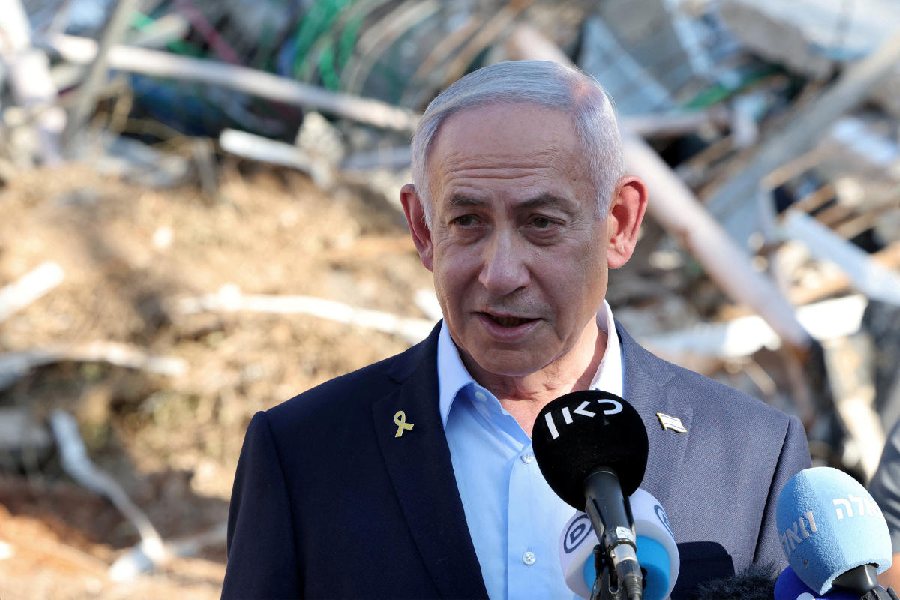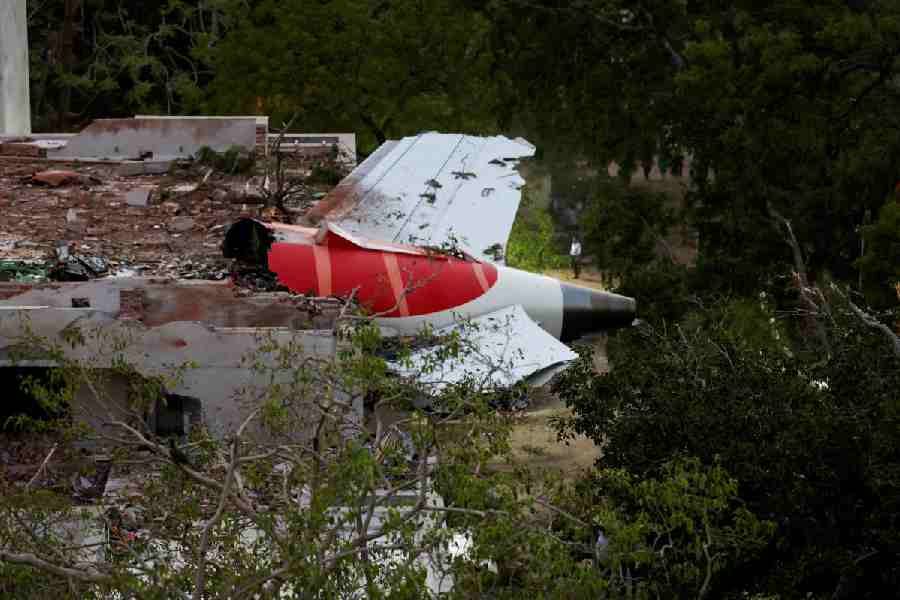 |
| Artists and art students of Orissa Modern Art Gallery felicitate tempera artist Bansidhar Pratihari (second from right) in Bhubaneswar. Telegraph picture |
Bhubaneswar, Aug. 12: The brilliance of the fast dying medium of tempera was re-introduced to contemporary by veteran artist Bansidhar Pratihari recently at an art event in the city.
Pratihari interacted with young painters and art students at the monthly programme, Kala Darshan organised by Orissa Modern Art Gallery (OMAG).
The octogenarian, who has worked with the traditional technique of tempera for almost six decades, established the relevance of this style of Indian painting in the modern art scenario.
“The tempera technique of art requires skill and expertise but the paintings created in this traditional way have a brilliant effect and texture. Even though modern media for painting might have replaced it, the colours are more durable,” said Pratihari.
“The Ravan Chhaya tempera cave paintings in Orissa are around 1,500 years old and can still leave a viewer in awe as do the Ajanta cave paintings and many frescoes in the West that were also created using this technique,” he said.
Galleries across the country display the works of Pratihari, a 1958 alumnus of Shantiniketan, who worked with the Institute of Industrial Design in Bihar for 30 years until 1987. His works on Indian mythology are renowned.
“Portraying rare scenes from the mythological texts is something I have been doing for a long time and it has always received a great response. In fact, the tempera technique lends a charm to such figurative paintings,” said the veteran artist. “It is good to see that many present day artists from Orissa also continue working this way, especially since it is a part of art education in all the fine art colleges of our state,” added Pratihari.
Pratihari shared his experience of working with tempera with members of the art fraternity present at the event.
“The outlines of the painting are first drawn and after forming the design, we first use flat colours. The different shades of varied intensities are then applied on to the canvas. I also use the egg tempera method sometimes where the egg yolk replaces the glue,” he said.
Although the tempera colours are tough to find in the market, people in rural pockets create them naturally. Some of the most prominent shades used in tempera are saffron, yellow, grey, black, green and white.
“Tempera has been used extensively in the Indian style of art for ages. But many painters today go for faster techniques since it takes at least one month to create one painting this way. Of course, mythological and traditional paintings are still made using tempera in Orissa,” said Tarakant Parida, artist and organiser of the event.










